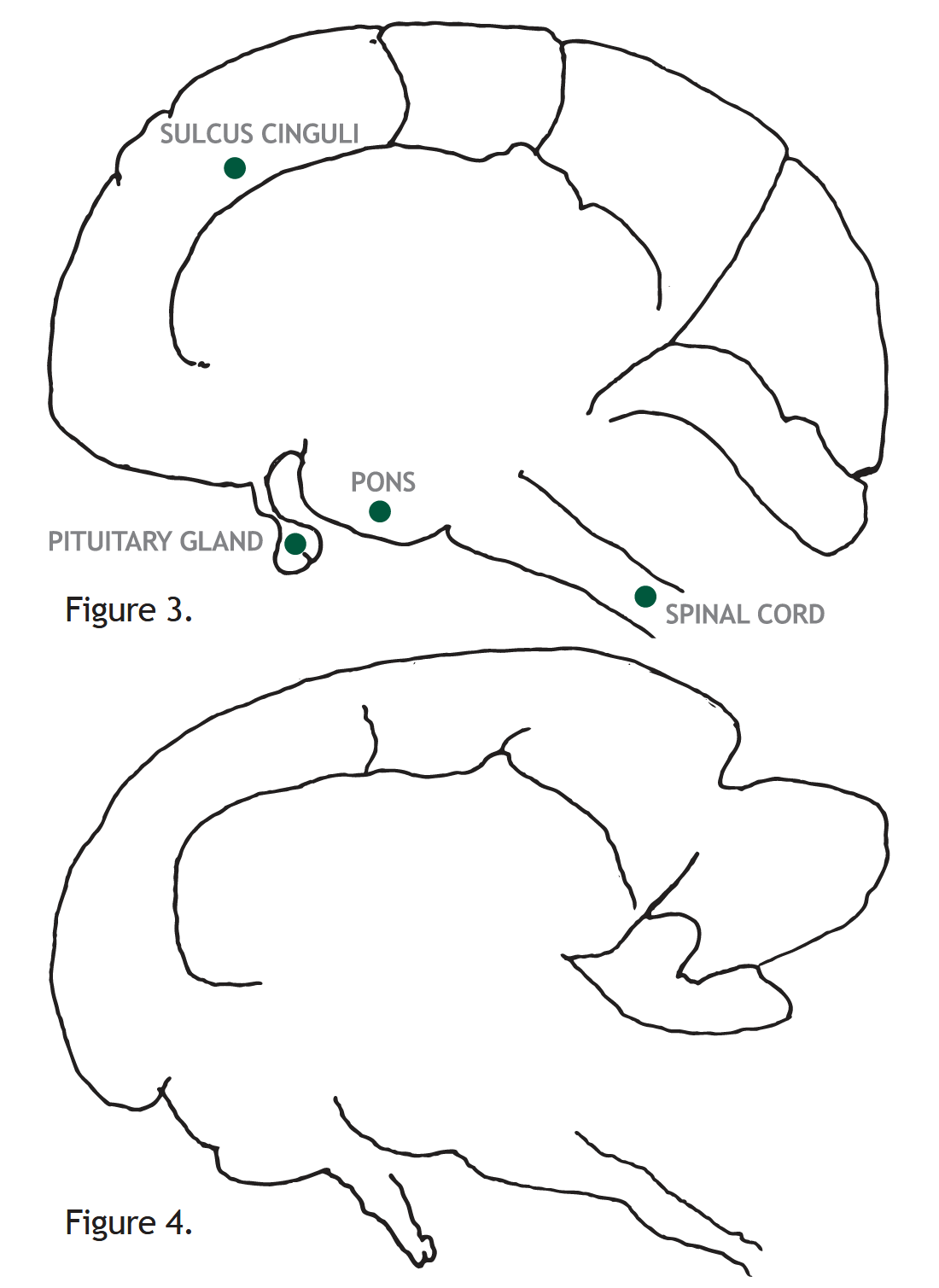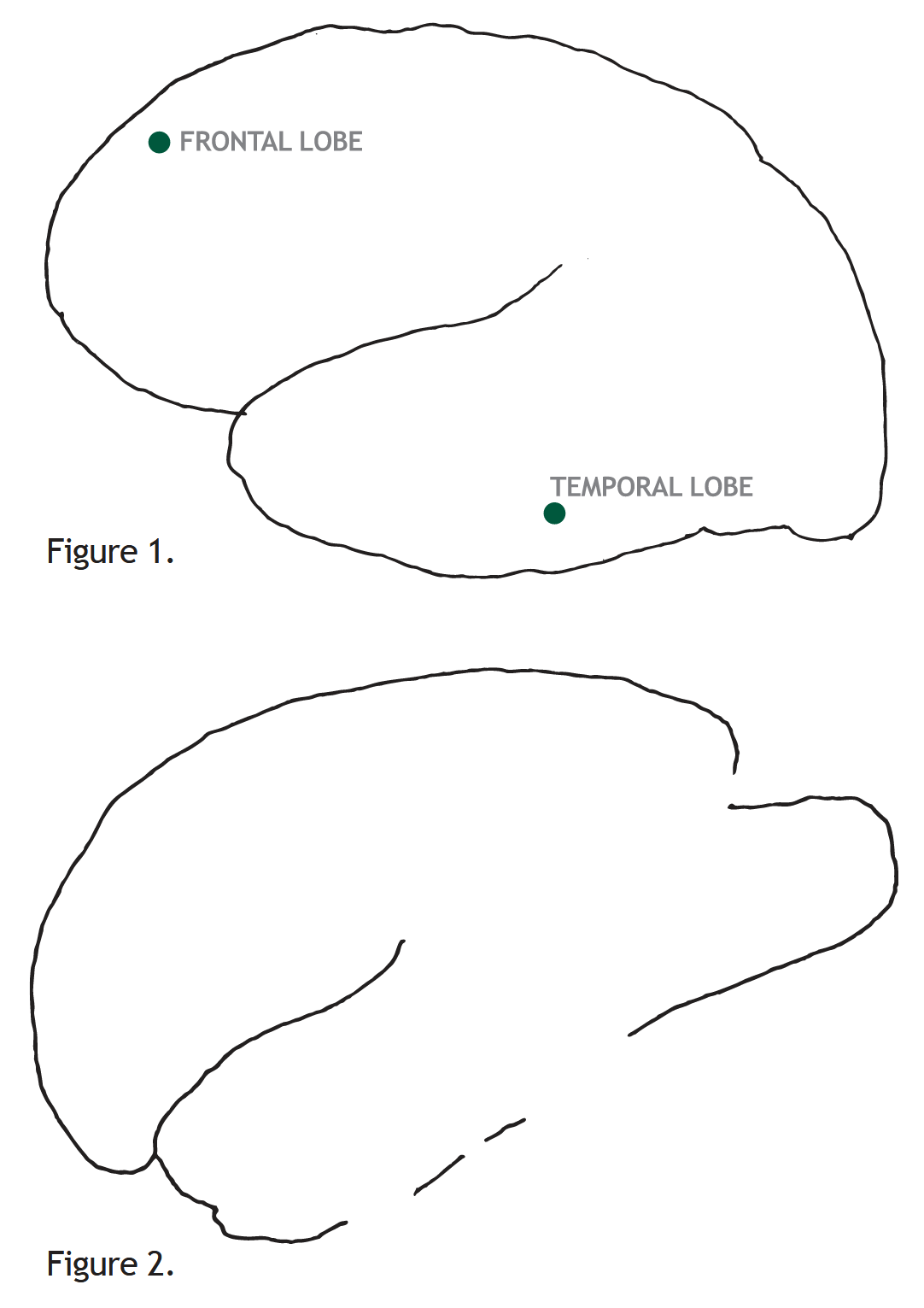Reference
Meshberger, F. L. (1990). An Interpretation of Michelangelo’s Creation of Adam Based on Neuroanatomy. JAMA, 264(14), 1837–1841. https://doi.org/10.1001/jama.1990.03450140059034
Info
FirstAuthor:: Meshberger, Frank Lynn
~
Title:: An Interpretation of Michelangelo’s Creation of Adam Based on Neuroanatomy
Year:: 1990
Citekey:: Meshberger_1990_InterpretationMichelangelosCreation
itemType:: journalArticle
Journal:: JAMA
Volume:: 264
Issue:: 14
Pages:: 1837-1841
DOI:: 10.1001/jama.1990.03450140059034
Link
Abstract
THE BRILLIANT Italian Renaissance artist Michelangelo Buonarroti painted magnificent frescoes on the ceiling of the Vatican’s Sistine Chapel, laboring from 1508 to 1512. Commissioned by Pope Julius II, Michelangelo performed this work himself without assistance. Scholars debate whether he had any guidance from the Church in the selection of the scenes, and what meaning the scenes were to convey. In the fresco traditionally called the Creation of Adam, but which might be more aptly titled the Endowment of Adam, I believe that Michelangelo encoded a special message. It is a message consistent with thoughts he expressed in his sonnets. Supreme in sculpture and painting, he understood that his skill was in his brain and not in his hands. He believed that the “divine part” we “receive” from God is the “intellect.” In the following sonnet, Michelangelo explains how he creates sculpture and painting and how, I believe, God himself gave man the gift of intellect1:
Blue: Important conclusions
Highlight ( Page )
In 1990 Frank Lynn Meshberger, M.D. described what millions had overlooked for centuries — an anatomically accurate image of the human brain was portrayed behind God
Highlight ( Page 4)
This image has the shape of a brain.
Highlight ( Page 4)
The important point, however, is not to identify minute neuroanatomic structures in the fresco, but to see that the larger image encompassing God is compatible with a brai
Highlight ( Page 4)
what God is giving to Adam is the intellect, and thus man is able to “plan the best and highest” and to “try all things received”.
Green: Agree with the paper
Highlight ( Page )
s. He believed that the “divine part” we “receive” from God is the “intelle
Highlight ( Page 4)
The sulcus cinguli extends along the hip of the angel in front of God, across God’s shoulders, and down God’s left arm, extending over Eve’s forehead
Highlight ( Page 4)
The lowing green robe at the base represents the vertebral artery in its upward course as it twists and turns around the articular process and then makes contact with and proceeds along the inferior surface of the pons.
Highlight ( Page 4)
The back of the angel extending laterally below God represents the pons, and the angel’s hip and leg represent the spinal cord.
Highlight ( Page 4)
The pituitary stalk and gland are depicted by the leg and foot of the angel that extends below the base of the picture
Yellow: Interesting
Highlight ( Page 2)
The sculpture and painting of Michelangelo relect the great knowledge of anatomy that he acquired by performing dissections of the human body.
Image ( Page 2)
Highlight ( Page 2)
The Creation of Adam fresco shows Adam and God reaching toward one another, arms outstretched, ingers almost touching. One can imagine the spark of life jumping from God to Adam across that synapse between their ingertips.
Highlight ( Page 2)
Adam is already alive, his eyes are open, and he is completely formed; but it is the intent of the picture that Adam is to “receive” something from God
Image ( Page 2)
Highlight ( Page 3)
The sulcus cinguli separates the gyrus cinguli from the superior frontal gyrus and paracentral gyrus.
Highlight ( Page 3)
parietal lobe is divided into the cuneus and lingular gyrus.
Highlight ( Page 3)
The pituitary gland is seen lying in the pituitary fossa;

